

Early London bomb damage from Zeppelin raid in 1915.

Zeppelin L31. This Navy ‘Super Zeppelin’ met its end, witnessed by one of the authors of this book, over Potters Bar on the night of 1/2 October 1916.
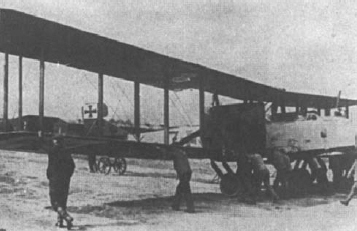
Gotha GIV of 1917. Maximum speed 87 mph. Normal bomb-load six 50 kilo bombs.

Staaken ‘Giant’, just airborne: the photograph much mutilated by censor.

Hendon airshow, 1936, with the first prototype Hurricane in the foreground. It was first flown by Hawker’s chief test pilot, ‘George’ Bulman, on 6 November 1935.

The German Aviation Monument in Berlin, 1935, with, above, evidence of the Luftwaffe’s rebirth.

Sir Hugh (later Lord) Trenchard – defender and builder of the post-1918 RAF.
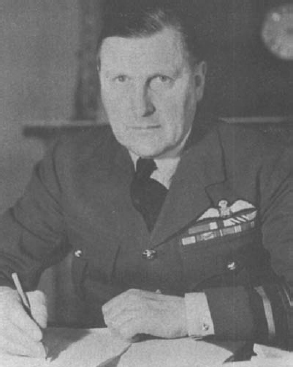
Sholto Douglas, Deputy Chief of Air Staff during the Battle and afterwards successor to Dowding at Fighter Command.

Marshals all: the Luftwaffe hierarchy on 19 July 1940 after Hitler’s promotion ceremony. Left to right: Milch, Sperrle, Hitler, Goering and Kesselring.

R. J. Mitchell, creator of the Spitfire, and Willy Messerschmitt, responsible for the Me 109 and Me 110 fighters.

The ‘boffins’: Sir Robert Watson-Watt and Sir Henry Tizard.
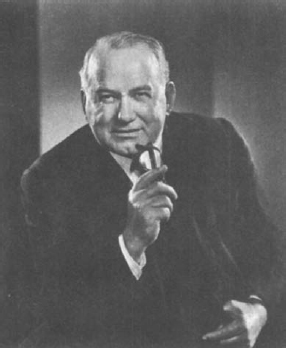
Lord Hives of Rolls-Royce.

CH radar tower and the smaller Remote Reserve aerials, which proved their worth.

A Merlin engine.

Frontline Luftwaffe aircraft in July 1940:
Messerschmitt 109E. Some 35,000 109s in all were built.

Junkers 87 Stuka dive-bombers, deadly when there were no hostile fighters around.
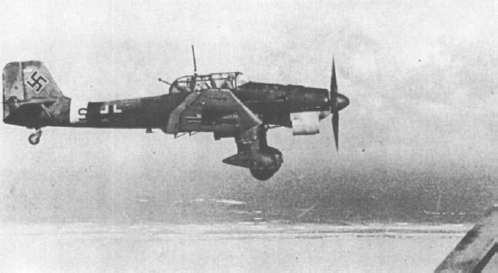
Dornier 17s rehearsing for their occasional low-level role.

British fighters in July 1940:

First prototype Hurricane in flight.
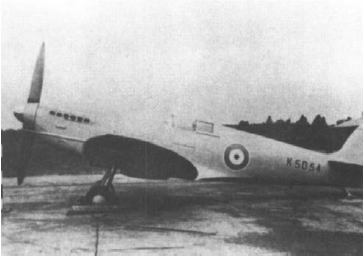
First prototype Spitfire, with Merlin ‘C’ engine and two-blade fixed-pitch airscrew.

Gloster Gladiators in tight vie: nimble and beautiful but almost obsolete before they went into service.

Bristol Blenheim IVs in stepped-up echelon: a light bomber converted to day and night fighter, but inadequate in both roles.
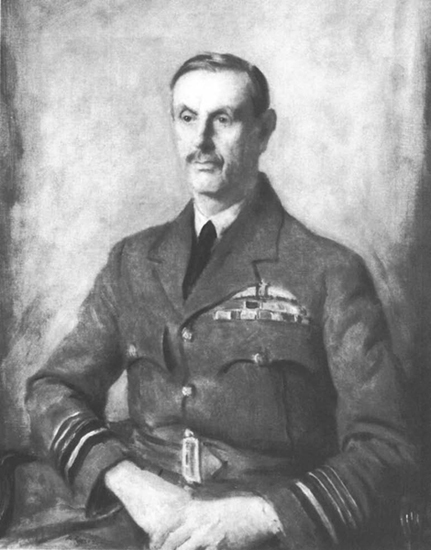
Air Chief Marshal Sir Hugh Dowding, Lord Dowding of Bentley Priory GCB, GCVO, CMG, Air Officer Commanding-in-Chief RAF Fighter Command 1936–40 (portrait by Sir Walter Russell).

Bombing the Channel ports, September 1940 (painting by Eric Ravilious).

65 Squadron Spitfires at Sawbridgeworth, Herts., August 1940 (painting by Eric Ravilious).

A heavy anti-aircraft battery about to open fire (painting by C. W. Nevinson).

Air fight over Portland, September 1940 (painting by Richard Eurich).

The Battle of Britain (painting by Paul Nash).

Junkers 87 Stukas en route to England.

Messerschmitt 110 flying above the white cliffs of South-East England.

Messerschmitt 110 crews at an outdoor briefing.

Messerschmitt 109s in ‘finger four’ formation over St Margaret’s Bay.

Group Captain Peter Townsend’s decorations include (first four) Distinguished Service Order; Distinguished Flying Cross and Bar; 1939–45 star, with clasp for Battle of Britain; and Air Crew Europe Star.

Civil Defence control room (painting by John Piper).

Lord Beaverbrooks, Minister of Aircraft Production during the Battl; and Sir John Anderson, Home Secretary and Minister of Home Security. (The photo was taken in 1941 when they held different positions.)
Winston Churchill was persuaded to try out a shelter during one of his visits to Dover.

Hurricane assembly.

Sir Cyril Newall, Chief of the Air Staff, and Keith Park, AOC 11 Group.

Sir Quintin Brand, AOC 10 Group, and Trafford Leigh-Mallory, AOC 12 Group.

Werner Moelders, the Luftwaffe’s greatest fighter pilot and tactician, devisor of the open ‘finger four’ formation in the Spanish Civil War, still used internationally today.

Reichsmarschall Hermann Goering on inspection duties with his protégé, Adolf Galland, whom he promoted during the Battle.

Sir Frederick Bowhill, AOC-in-C Coastal Command.

Sir Charles ‘Peter’ Portal, AOC-in-C Bomber Command (crayon by Eric Kennington).

H. A. V. ‘Harry’ Hogan, CO 501 Squadron throughout the Battle (drawing by Cuthbert Orde).
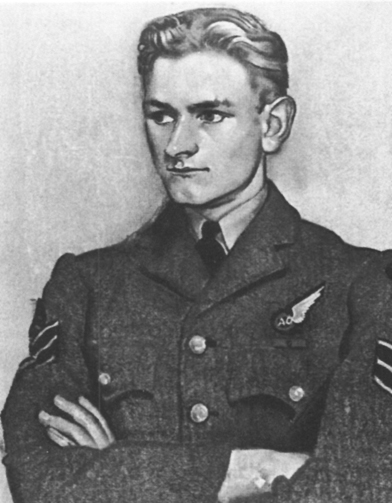
John Hannah VC, Bomber Command wireless operator/air gunner decorated for heroism during an attack on the invasion ports (crayon by Eric Kennington).

R. A. B. Learoyd Vc. His bombs blocked the Dortmund-Ems Canal and delayed the movement of German barges to the invasion ports (crayon by Eric Kennington).

Josef Frantisek from Czechoslovakia (drawing by Cuthbert Orde).
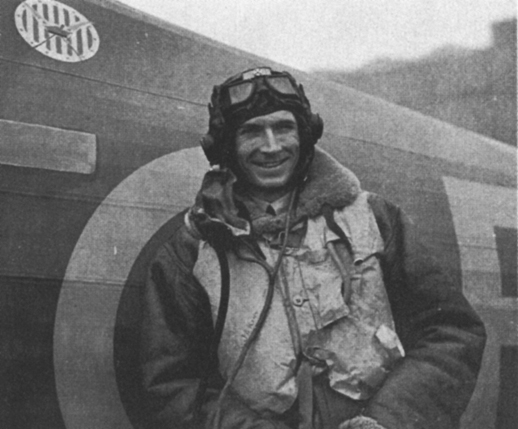
Alan Deere from
Commonwealth and Allied contributors to the British victory:

At the height of the Battle, Spitfire pilots of 610 Squadron at Biggin Hill recover from yet another operation, or discuss it; while across the Channel, the scene and the talk are not so different.


The Duke of Kent talking to pilots of A Flight 302 (Polish) Squadron. Left to right: Pilot Officer Kinel, Sergeant Beda, Sergeant Ritka, Pilot Officer Malinski and Sergeant Wedzik. Squadron Leader Laguna is with the Duke.

Three exceptionally gifted American pilots, ‘Andy’ Mamedoff, ‘Red’ Tobin and ‘Shorty’ Keogh, all 609 Squadron. They are with the adjutant.
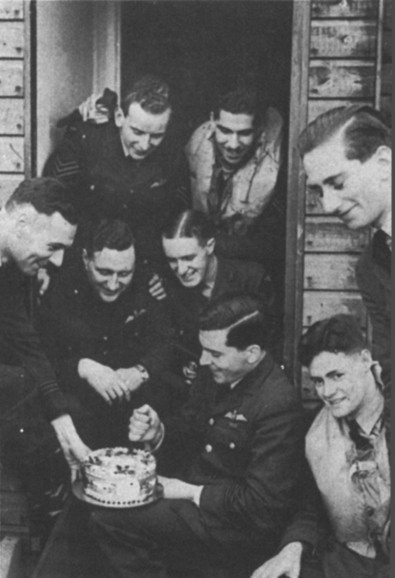
A birthday party for the flight commander. E. N. Ryder cuts his cake for pilots of 41 Squadron, while the CO, D. O, Finlay, holds the plate. (Both officers survived the Battle.)

Goering and his staff study a troop-landing exercise – and the white cliffs of Kent.

Personnel of an Army Airfield Defence Unit, including (in tin helmets) Sergeant Davidson MC (left) and Sergeant Sharp VC (right).

The filter room, RAF Fighter Command, Bentley Priory.

Defences, active and passive: Bofors light anti-aircraft gun and crew; and balloons over London, with Buckingham Palace and the Victoria Monument in the foreground.


Observer Corps post.

Precursor to radar: sound locators for the guns, inspected here by King George VI on 14 August 1940.

Pilots relax; from left: Will E. Gore and Mike Irving of A Flight 607 Squadron at Tangmere; and (below) 610 Squadron pilots at Biggin Hill.


Ground crews: bombing-up in France (left) and refuelling in England (below). The bomber is an He Ill, the fighter a Hurricane (recently in action judging from the punctured gun patches, which led to an involuntary warning whistle for the armourers when the plane was on its final approach).


Sergeant Elizabeth Mortimer, Corporal Elspeth Henderson and Sergeant Emily Turner, switchboard operators who remained at their post even when their building received a direct hit, and were each awarded a Military Medal. The switchboard building behind them is still in ruins months later, and Corporal Henderson has been commissioned.

’Near miss’ between attacking Spitfire and He 111.

Me 1lO under attack.

‘Bombs away!’ – from a Heinkel.

Crew away – from a ditched Me 110.
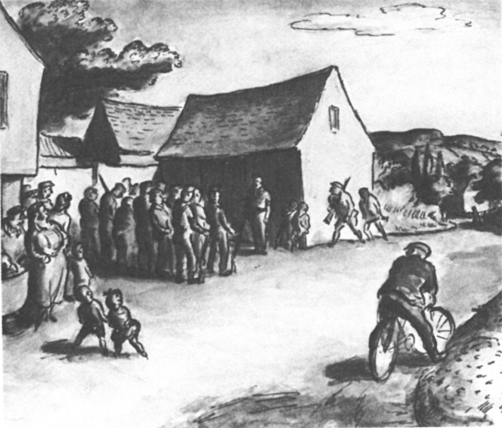
Village ‘square-bashing’. Home Guard prepare for the invasion, as viewed in a painting by Edward Ardizzone.
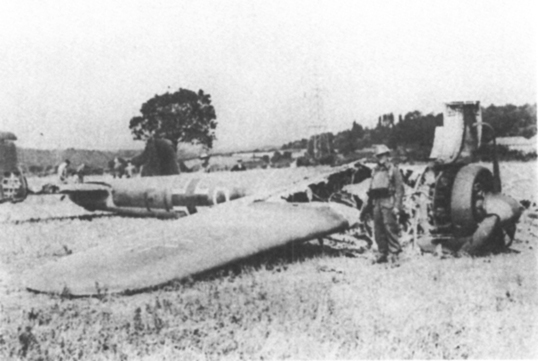
Home Guard on duty over a wrecked Dornier.

Aircraft salvage dump (painting by Frances Macdonald).

He 111, flying north over Millwall, London, the docks (right centre) and the Royal Naval College, Greenwich (bottom right).

Sir Hugh Dowding with the King and Queen at Bentley Priory, 6 September 1940.

Peter Townsend with two of his ground crew, Kenley.

Five Czech sergeants of 310 Squadron.
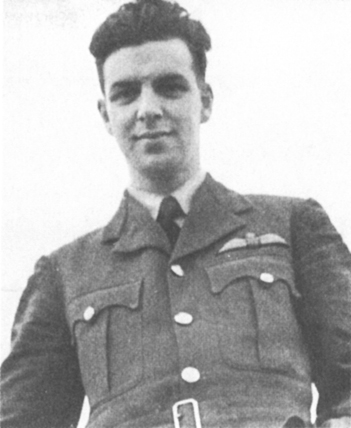
James Nicolson of 249 Squadron, the only fighter VC.

George Barclay of 249 Squadron.

Douglas Bader, CO of 242 Squadron, who led the Duxford Wing.

Roland ‘Bee’ Beamont of 87 Squadron.

Biggin Hill photographed by a German bomber during an evening raid on 30 August German identification is accurate, except that (4) is the officers’ mess.
Some of the pilots of 249 Squadron at North Weald in September. John Grandy, the CO (third from right), with George Barclay on his left.
Low-level Dornier attack on Kenley, 18 August 1940. Picture taken by a war photographer accompanying the raid.

The end for one more Dornier.
Two German crew survivors are marched off with heavy Army escort, 11 September 1940.


London’s dockland burns, 7 September 1940.

‘... to tend the wounded under fire’: a heavy rescue team and helpers.

Shelterers in the London Underground, 1940 (painting by Joseph Bato).

The Battle fades; the ‘blitz’ continues, London, December 1940. (Photograph by Cecil Beaton.)